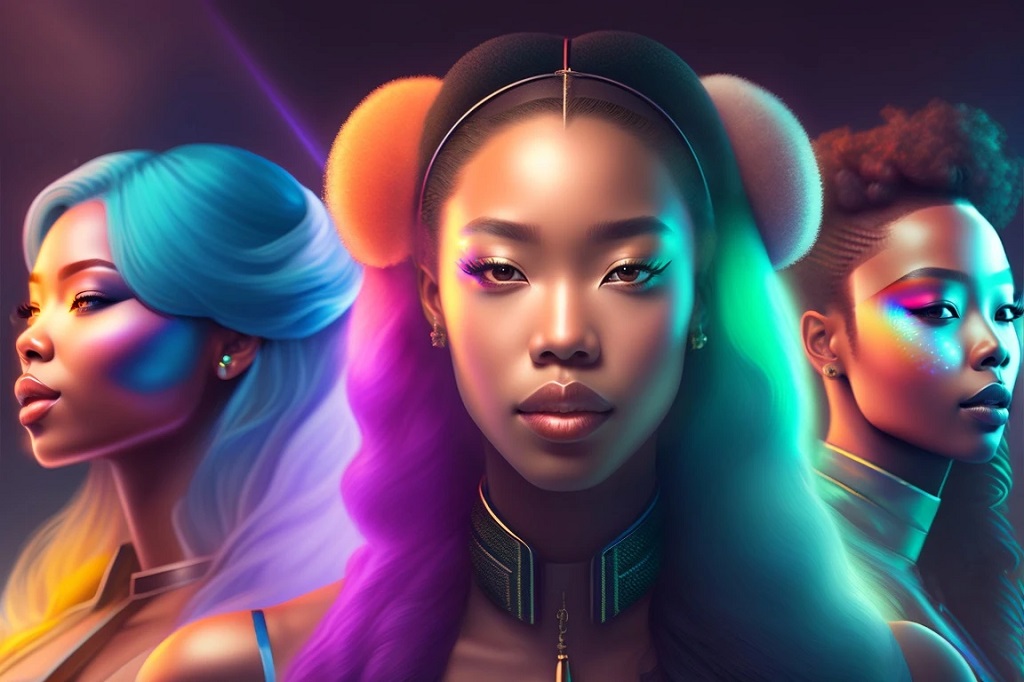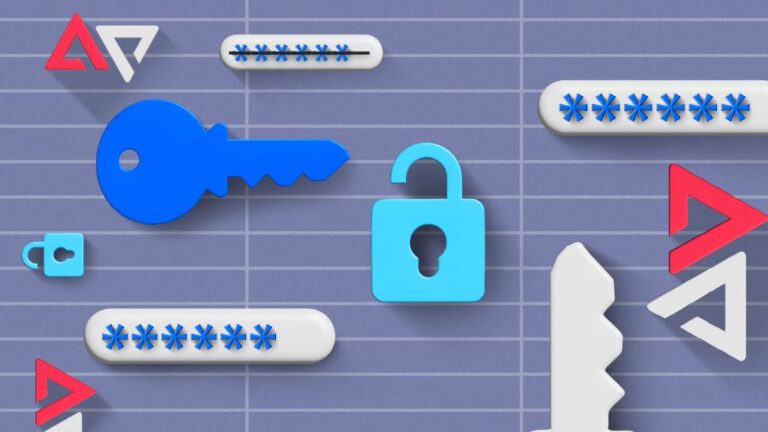In recent years, the music industry has witnessed a significant shift towards AI-generated content. Musicians are increasingly turning to AI music videos to enhance their creativity, reach wider audiences, and streamline their production processes. In this comprehensive guide, we’ll delve into the reasons behind this trend, explore how to use AI music video generators effectively and learn how to create lyric videos with AI.
Why are musicians turning to AI music videos?
Musicians are embracing AI music videos for several compelling reasons. Firstly, AI technology offers unparalleled levels of efficiency and convenience in content creation. With AI tools, artists can generate visually stunning music videos in a fraction of the time it would take using traditional methods. This allows musicians to focus more on their craft and less on the technical aspects of video production.
Additionally, AI music videos open up new creative possibilities for artists. These tools often come equipped with advanced features such as customizable visual effects, dynamic scene transitions, and intelligent editing algorithms. This enables musicians to experiment with different visual styles and concepts, ultimately enhancing the overall impact of their music.
Furthermore, AI music videos offer a cost-effective solution for independent artists and emerging talents. Traditional video production can be prohibitively expensive, requiring substantial investments in equipment, crew, and post-production facilities. By leveraging AI technology, musicians can significantly reduce their production costs while maintaining high-quality standards.
How to use an AI music video generator
Using an AI music video generator is a straightforward process that begins with selecting the right tool for your needs. There are several AI-powered platforms available, each offering unique features and functionalities. Once you’ve chosen a suitable generator, follow these steps to create your music video:
-
Upload your music:
Start by uploading the audio track that you want to visualize. Most AI generators support various audio file formats, including MP3, WAV, and FLAC.
-
Choose a visual style:
Next, select a visual style or theme for your video. Many AI generators offer a range of pre-designed templates, effects, and animations to choose from. Alternatively, you can customize your visuals to match the mood and tone of your music.
-
Customize your video:
Once you’ve selected a visual style, you can customize your video further by adjusting parameters such as color palette, typography, and motion effects. Experiment with different settings until you achieve the desired look and feel.
-
Preview and finalize:
After customizing your video, take advantage of the preview feature to review your work. Make any necessary adjustments before finalizing your video and exporting it in your preferred format.
-
Share your masterpiece:
With your AI-generated music video complete, it’s time to share it with the world! Upload your video to streaming platforms, social media channels, and your website to showcase your talent and engage with your audience.
How do you create a lyric video with AI?
Creating a lyric video with AI is a creative and engaging way to complement your music. Follow these steps to create your lyric video using AI technology:
- Choose your lyrics: Start by selecting the lyrics you want to feature in your video. This could be the chorus of your song, a memorable verse, or the entire song lyrics if you prefer.
- Select a visual style: Similar to creating a music video, choose a visual style or theme that aligns with the mood and aesthetic of your music. Consider factors such as color scheme, typography, and animation style.
- Input your lyrics: Using the AI lyric video generator, input your chosen lyrics into the platform. Some generators may offer additional features such as text animation effects or background imagery to enhance your video further.
- Customize your video: Once your lyrics are inputted, customize your video to suit your preferences. Experiment with different fonts, text sizes, and animation effects to create a visually appealing and dynamic lyric video.
- Review and finalize: Before exporting your video, review it carefully to ensure that the timing and synchronization of the lyrics are accurate. Make any necessary adjustments before finalizing your video and exporting it in your desired format.
- Share your creation: Once your lyric video is complete, share it across your social media platforms, website, and streaming services to engage with your audience and promote your music effectively.

Challenges and Limitations of AI Music Videos:
While AI music videos offer numerous benefits and opportunities for artists, they also come with their fair share of challenges and limitations. Understanding these limitations is crucial for musicians to make informed decisions when incorporating AI technology into their creative processes.
-
Lack of Human Touch:
One of the primary challenges of AI music videos is the absence of human touch and intuition in the creative process. While AI algorithms can generate visually stunning videos, they may lack the emotional depth and nuance that human creators bring to their work. This can result in videos that feel mechanical or impersonal, diminishing the overall impact of the music.
-
Limited Customization Options:
Despite advances in AI technology, many AI music video generators offer limited customization options compared to traditional video production methods. Artists may find themselves constrained by the available templates, effects, and editing tools, limiting their ability to fully realize their creative vision.
-
Quality and Originality Concerns:
Another challenge of AI music videos is the potential for lack of originality and uniqueness. Since many AI generators rely on pre-designed templates and algorithms, there is a risk that videos produced using these tools may lack originality and look similar to others created with the same software. This can undermine the artist’s brand and identity, making it challenging to stand out in a crowded digital landscape.
-
Technical Limitations:
AI music video generators may also face technical limitations, particularly when it comes to handling complex audiovisual content or unconventional music genres. Some generators may struggle to accurately synchronize visuals with the music, resulting in videos that feel disjointed or out of sync. Additionally, AI algorithms may have difficulty interpreting abstract or experimental music styles, limiting their applicability in certain artistic contexts.
-
Copyright and Legal Issues:
Musicians using AI music video generators must also navigate potential copyright and legal issues related to the use of audio and visual content. While some generators offer royalty-free assets and templates, others may require artists to obtain the necessary rights and permissions for their music and visuals. Failure to do so could result in copyright infringement claims and legal liabilities.
-
Dependency on Technology:
Finally, there is a risk that artists may become overly reliant on AI technology, leading to a loss of creativity and innovation. While AI generators can streamline the video production process, they should be viewed as tools to augment human creativity rather than replace it entirely. Artists must strike a balance between leveraging AI technology and preserving their artistic integrity and individuality.
FAQs of How to Make AI Music Video:
1. Can AI music video generators replace human creativity?
No, AI music video generators are tools designed to enhance human creativity, not replace it. While these tools offer advanced features and automation capabilities, the creative vision and artistic expression ultimately come from the musician.
2. Are AI-generated music videos suitable for all music genres?
Yes, AI-generated music videos can be adapted to suit a wide range of music genres and styles. Whether you’re creating a pop ballad, a rock anthem, or an electronic dance track, AI technology offers customizable options to bring your vision to life.
3. Do I need technical skills to use an AI music video generator?
No, most AI music video generators are designed to be user-friendly and intuitive, requiring minimal technical expertise. With simple interfaces and guided workflows, musicians of all skill levels can create professional-quality videos with ease.
4. Can I monetize AI-generated music videos on streaming platforms?
Yes, musicians can monetize AI-generated music videos on popular streaming platforms such as YouTube, Spotify, and Apple Music. As long as you have the necessary rights and permissions for the audio content, you can earn revenue from ad placements, subscriptions, and digital downloads.
5. Are there any copyright implications when using AI music video generators?
It’s essential to ensure that you have the appropriate rights and licenses for any audio or visual content used in your AI-generated music videos. Avoid using copyrighted material without permission, and consider using royalty-free or original content to avoid legal issues.
In conclusion, while AI music videos offer exciting possibilities for artists to create visually stunning and engaging content, they also pose several challenges and limitations. From the lack of human touch and limited customization options to concerns about originality and copyright issues, musicians must approach AI technology with caution and critical awareness. By understanding these challenges and working to overcome them, artists can harness the power of AI to enhance their creativity and connect with their audience in meaningful ways.






